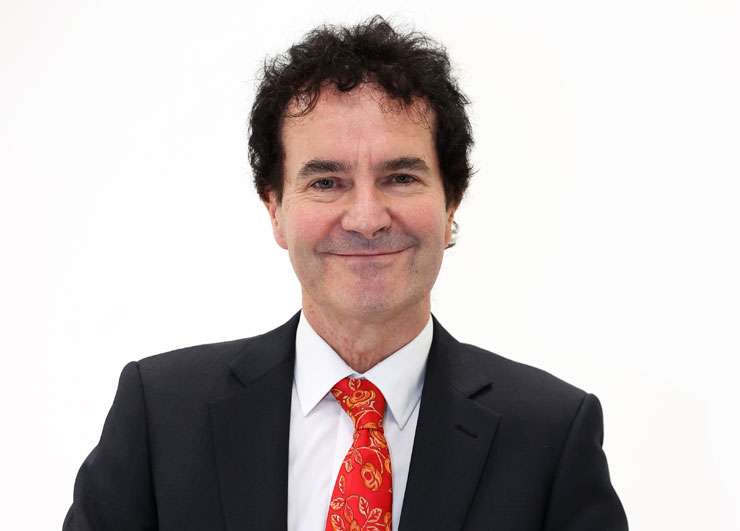The Reserve Bank governor recently said that his organisation has played only a small part in the 35% jump in average NZ house prices since just before the country went into lockdown last year. I disagree. Record low interest rates have been the main driver of soaring house prices and by not taking away excessively loose monetary conditions from early this year the Reserve Bank has denied home ownership to thousands of young Kiwis and forced others to take on board eye-watering debt.
The governor was right in his claim that lack of dwelling supply growth has been a factor in causing house prices to rise strongly relative to household incomes. But only over the long term and not the past year-and-a-half to two years.
On average, New Zealand’s population has grown by 1.4% a year for the past 20 years. In the year to June, growth was 0.6% from 2.2% the year before that. So, over the past two years population growth has been average. There has not been a demand surge driven by surging population to explain the 35% jump in prices. Note that Auckland’s average population growth the past two decades has been 1.7% per annum. The average for the past two years has been 1% a year.
Similarly, there has not been a supply crash. On average over the past 20 years, 26,000 consents have been issued each year for the construction of new dwellings. In the past two years, the total has been 85,000 or 42,500 per annum. There has been a new-build boom, not a reduction in fresh supply. Auckland’s 20-year average has been 9,000 per annum. The latest two year total is 36,000 or 18,000 per annum – double average.
Start your property search
The 35% jump in prices since March 2020 has not been caused by supply failing to keep up with demand, and it has not primarily been driven by soaring construction costs. Instead, record low borrowing costs plus the removal until early this year of loan to value ratio restrictions caused a jump in demand for property from both first home buyers and investors. Investors in particular have reacted to bank deposit rates falling to record lows. Once the price rise ball got rolling, FOMO took over.
Was the Reserve Bank right to inject so much money into the economy from March 2020 when Covid struck? Yes. All of us forecasters predicted deep economic woe and saw a need for looser monetary and fiscal policies. But what the Reserve Bank should have done is recognise that the bags of sugar they have been throwing into the embers of our economy were creating a conflagration from late last year.
They have so stimulated the economy that the rate of inflation (your cost of living increase) is double what they predicted it would be just six months ago at 4.9%, and the unemployment rate has been pushed to a record low of 3.4%.

Tony Alexander: “The Reserve needs average households to rein in their spending on everything.” Photo / Fiona Goodall
What needs to happen is that the official cash rate very quickly gets pushed from the 0.5% it was taken to on October 6, to initially 2%. Then a further increase to 3% will need to be undertaken. Why? Not so much to cause pain in the housing market as that is something the Reserve Bank is fearful of and wishes to avoid.
Instead, the Reserve needs average households to rein in their spending on everything. Only if this happens – you and I cutting spending on eating out, home renovations, furniture and spas – will businesses lose their ability to raise selling prices without losing a lot of customers. Pressure for businesses to in fact raise their prices is very strong given increases in materials, shipping costs, wages, hiring and retention expenses, fuel, and so on.
The economy has reached a point where the central bank needs to accelerate its 10-month overdue fight against inflation. But it looks like it will delay a bit longer before bringing the hammer down perhaps from the middle of next year. The problem for us forecasters is this. We can only guess at how rapidly interest rates will rise and from when because forecasting monetary policy on the basis of the state of the economy and inflation prospects no longer works. Instead, we have to forecast when we think the Reserve Bank will wake up and acknowledge their inflation negligence. None of us has a model for doing that.
Therefore, be aware that there is going to be some high volatility in interest rates over the next couple of years and for most borrowers, getting some fixed rate protection against that could be a good idea.
- Tony Alexander is an economics commentator and former chief economist for BNZ. Additional commentary from him can be found at www.tonyalexander.nz














































































